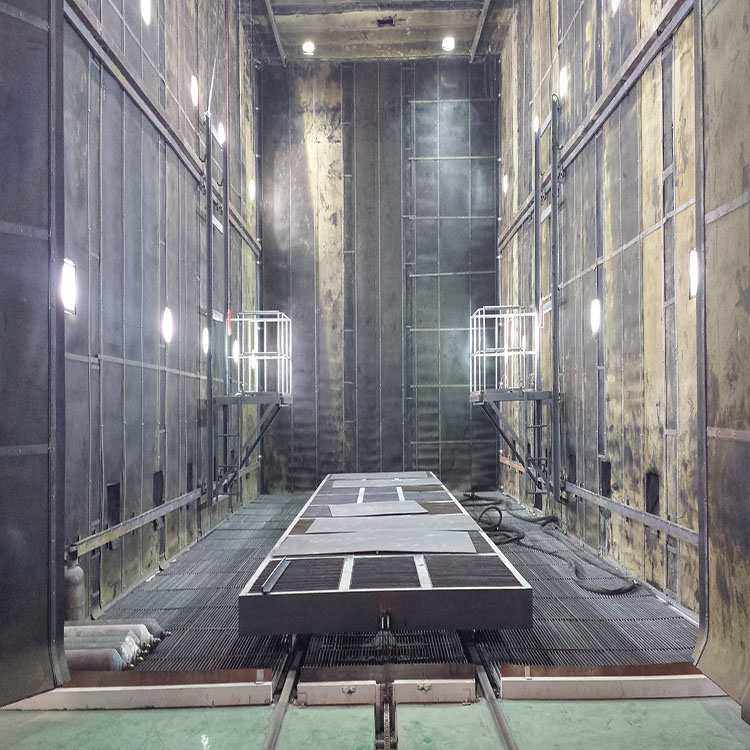Selecting the Right Abrasive Media: Key Considerations for Sandblasting Booths
2024-02-22
Sandblasting, also known as abrasive blasting, is a versatile surface preparation technique used across various industries to clean, strip, or finish surfaces. Central to the effectiveness of sandblasting is the choice of abrasive media, which plays a crucial role in determining the quality of the surface treatment. In this blog post, we'll explore the key considerations when selecting the appropriate abrasive media for a sandblasting booth, helping you make informed decisions for your surface preparation needs.
1. Surface Material and Condition:
The material and condition of the surface being treated are fundamental factors in selecting abrasive media. Different materials require specific abrasive properties to achieve the desired results without causing damage. For instance, softer surfaces may require gentler abrasives to prevent etching or distortion, while tougher surfaces may necessitate more aggressive abrasives for effective cleaning or coating removal.
2. Desired Surface Finish:
Consider the desired surface finish or profile when choosing abrasive media. Fine abrasives produce smoother finishes suitable for painting or coating applications, while coarse abrasives create rougher profiles ideal for enhancing adhesion or creating texture. Matching the abrasive size and type to the desired finish ensures optimal results and minimizes additional surface preparation steps.
3. Abrasive Hardness and Toughness:
The hardness and toughness of abrasive media influence their cutting power and durability during blasting. Harder abrasives such as aluminum oxide or garnet excel at removing tough coatings or contaminants, while softer abrasives like glass beads or plastic media are gentler on delicate surfaces. Understanding the balance between hardness and toughness is essential for achieving efficient and effective surface treatment.
4. Environmental Impact:
Consider the environmental impact of abrasive media when making your selection. Some abrasives contain hazardous materials or generate harmful dust particles when blasted, posing risks to health and the environment. Opting for environmentally friendly abrasives or implementing dust suppression measures can mitigate these concerns and ensure compliance with regulations.
5. Cost Efficiency:
Evaluate the cost efficiency of abrasive media based on their longevity and performance. While certain abrasives may have higher upfront costs, their longer lifespan and superior cutting ability may result in lower overall costs per surface treated. Balancing performance with affordability is key to maximizing cost efficiency and optimizing budget allocation for abrasive media.
6. Compatibility with Equipment:
Ensure compatibility with your sandblasting equipment when selecting abrasive media. Abrasives must be compatible with the blast equipment's nozzle size, pressure settings, and recycling systems to ensure smooth operation and consistent performance. Choosing abrasives that align with equipment specifications minimizes downtime and maintenance issues.
7. Health and Safety Considerations:
Prioritize health and safety considerations when selecting abrasive media to protect operators and bystanders from potential hazards. Some abrasives may produce hazardous dust or fumes during blasting, requiring proper ventilation, personal protective equipment (PPE), and dust control measures to mitigate risks. Opting for safer alternatives or implementing engineering controls promotes a safe working environment for all personnel involved.
Conclusion:
The selection of abrasive media is a critical aspect of sandblasting operations, influencing the quality, efficiency, and safety of surface preparation processes. By considering factors such as surface material, desired finish, environmental impact, cost efficiency, equipment compatibility, and health and safety considerations, you can choose the appropriate abrasive media for your sandblasting booth and achieve superior results in surface treatment applications.



